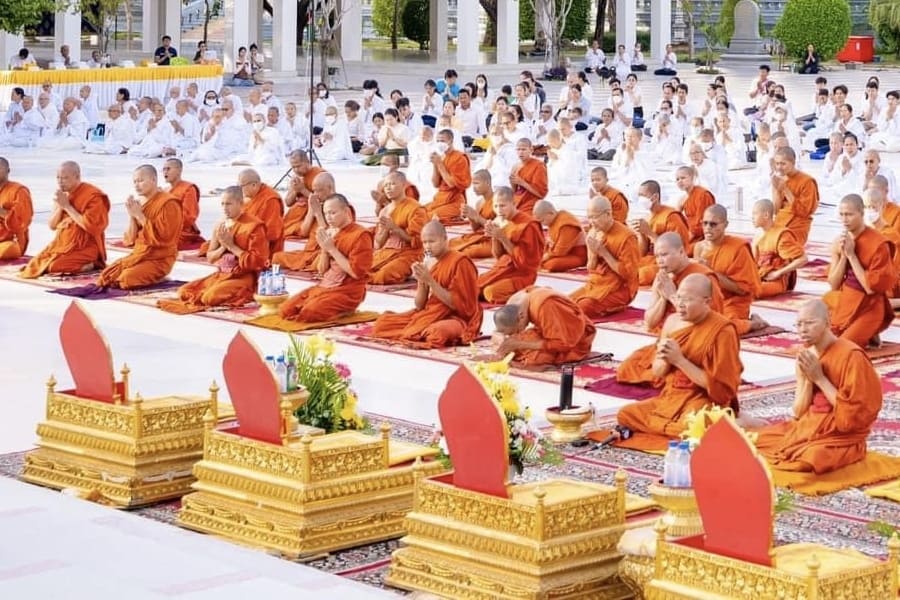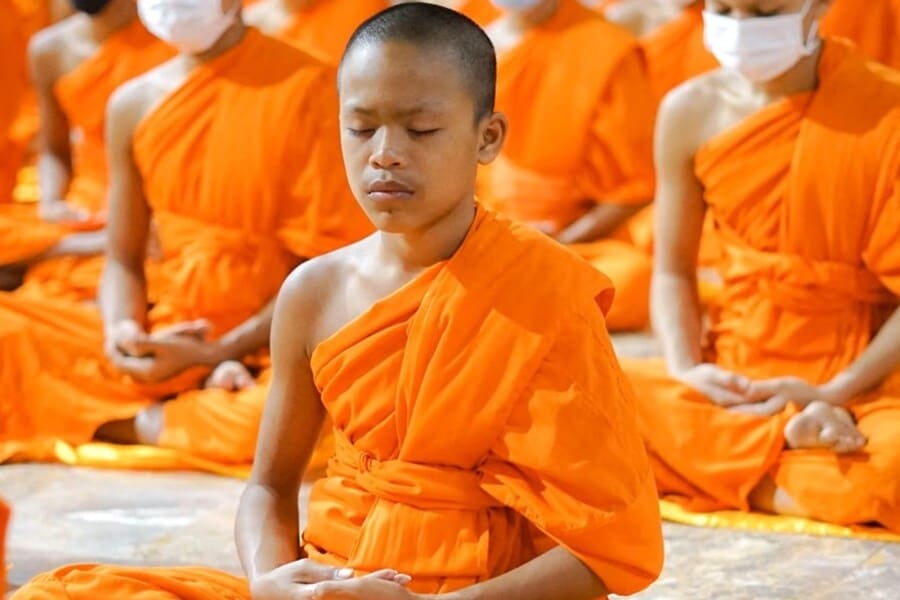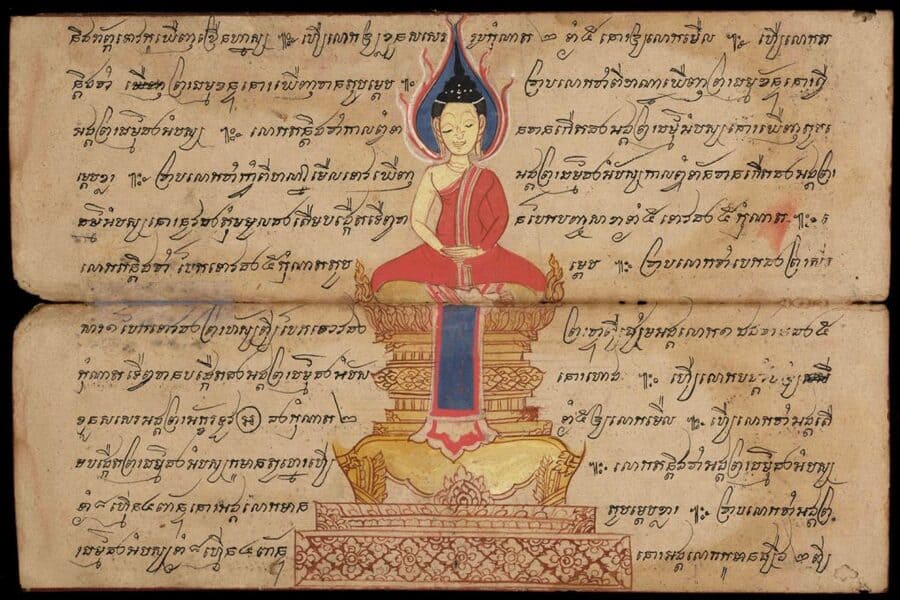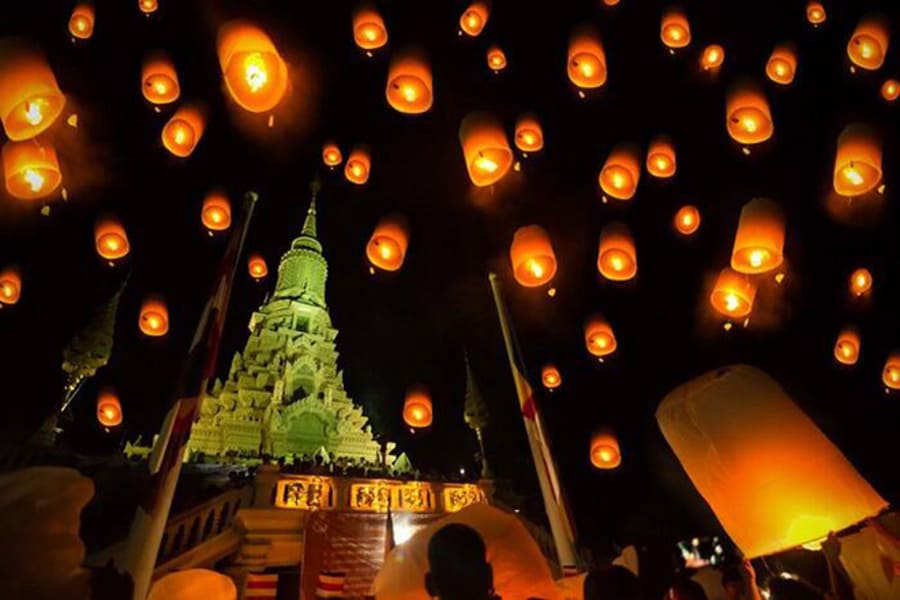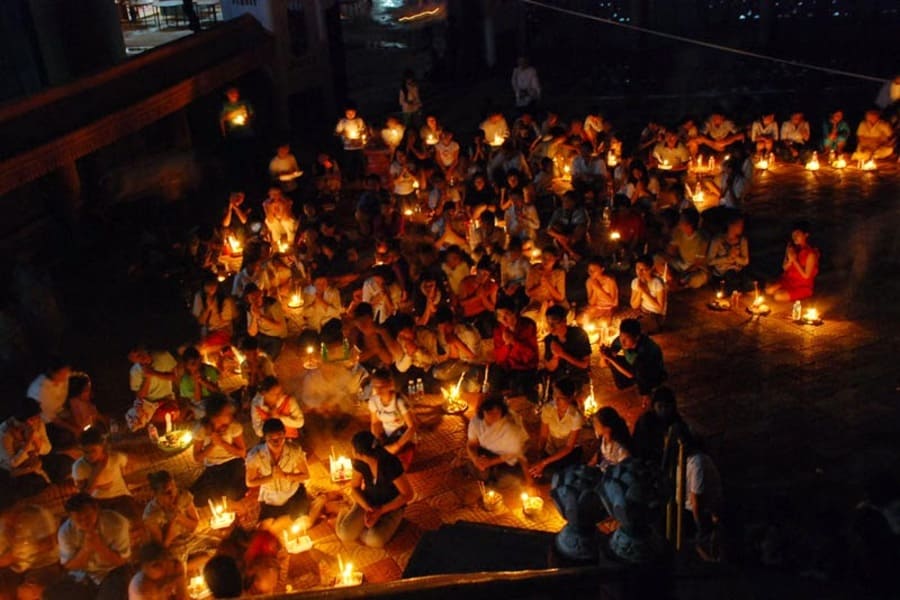In exploring the rich tapestry of Cambodian society, one cannot overlook the profound influence of Buddhism. Embodied in temples, rituals, and daily practices, Buddhism permeates every facet of Cambodian life, shaping cultural norms, values, and perspectives. Through the lens of cambodia tours, one can witness firsthand the integral role that Buddhism plays in the fabric of society. From the majestic spires of ancient temples to the serene ambiance of monastic communities, travelers are immersed in a spiritual journey that transcends time and space.
Contents
The history of Buddhism in Cambodia
Early Influences:
The earliest evidence of Buddhism in Cambodia dates back to the 3rd century BCE, during the time of the Indian Emperor Ashoka. Ashoka's missionaries played a crucial role in spreading Buddhism to various parts of Southeast Asia, including Cambodia. However, it's important to note that elements of Hinduism and indigenous animist beliefs also coexisted with Buddhism during this period.
Funan Kingdom (1st to 6th century CE):
Buddhism gained prominence in the Funan Kingdom, one of the earliest Hindu-Buddhist civilizations in Southeast Asia. Funan served as a vital hub for trade and cultural exchange between India, China, and other regions, facilitating the spread of Buddhist teachings through maritime routes. Monks and scholars traveled to Funan, bringing Buddhist scriptures, rituals, and iconography.
Chenla and Khmer Empire (7th to 13th century CE):
Buddhism continued to thrive and evolve during the Chenla and Khmer periods. The Chenla Kingdom, which succeeded Funan, saw the construction of the earliest Buddhist temples and monastic complexes. However, it was during the Khmer Empire, particularly under King Jayavarman VII (r. 1181–1218 CE), that Buddhism reached its zenith. Jayavarman VII, a devout Buddhist, built magnificent temples like Angkor Thom and Bayon, adorned with intricate Buddhist carvings and bas-reliefs.
Theravada Buddhism:
The adoption of Theravada Buddhism became widespread in Cambodia from the 13th century onwards. Theravada, the "Doctrine of the Elders," emphasizes the original teachings of the Buddha as preserved in the Pali Canon. It became the dominant form of Buddhism in Cambodia, supplanting earlier Mahayana and Vajrayana traditions. Monasteries, stupas, and Buddhist art flourished, reflecting the influence of Theravada Buddhism on Cambodian society and culture.
Colonial Era and Modern Times:
Cambodia's encounter with European colonial powers in the 19th and 20th centuries brought new challenges and opportunities for Buddhism. Despite periods of decline and suppression during colonial rule and the Khmer Rouge regime, Buddhism has remained resilient and continues to play a central role in Cambodian society. Today, Cambodia is home to thousands of Buddhist temples, monasteries, and devout practitioners who uphold the teachings of the Buddha.
The role of Buddhism in Cambodian society
The role of Buddhism in Cambodian Literature
Buddhism holds a profound and multifaceted role in Cambodian literature, permeating its themes, characters, and moral fabric. As a spiritual and philosophical foundation, Buddhism provides a rich source of inspiration for Cambodian writers, who often weave its teachings and narratives into their literary works.
From ancient scriptures to modern-day storytelling, Buddhist principles such as compassion, karma, and the pursuit of enlightenment shape the moral landscapes of Cambodian literature. Characters grapple with existential questions, navigate ethical dilemmas, and embark on spiritual quests reflective of Buddhist ideals.
Moreover, Buddhist symbols, allegories, and cultural motifs infuse Cambodian literature with layers of meaning and cultural significance, reinforcing the country's deep spiritual heritage. Ultimately, the role of Buddhism in Cambodian literature is one of profound influence, offering readers insights into the human condition, moral guidance, and the enduring quest for spiritual enlightenment.
The role of Buddhism in Cambodia Festivals
The role of Buddhism in Cambodia festivals is central and pervasive, shaping the cultural and spiritual landscape of the nation's celebrations. Many of Cambodia's festivals are deeply rooted in Buddhist traditions and teachings, reflecting the country's strong religious heritage. Buddhist rituals, prayers, and ceremonies are often integral components of these festivals, serving to honor the teachings of the Buddha and cultivate spiritual merit.
For example, during Vesak, the most significant Buddhist festival in Cambodia, devout Buddhists gather at temples to participate in religious ceremonies, offer alms to monks, and engage in acts of merit-making.
Similarly, Pchum Ben, or Ancestors' Day, combines Buddhist rituals with ancestral veneration, as Cambodians visit pagodas to make offerings to their deceased relatives and pray for their well-being in the afterlife. Overall, Buddhism infuses Cambodia's festivals with spiritual significance, fostering a sense of community, reverence, and devotion among its people.
The role of Buddhism in Cambodian Architecture
The role of Buddhism in Cambodian architecture is profound, evident in the design and symbolism of the country's religious structures. Buddhist temples, or wats, serve as focal points of Cambodian architectural expression, embodying the principles of Buddhist cosmology and spiritual enlightenment. Characterized by intricate carvings, ornate facades, and towering spires, these temples reflect the grandeur and sacredness associated with Buddhism.
One of the most iconic examples is Angkor Wat, a UNESCO World Heritage Site renowned for its architectural splendor and spiritual significance. Built in the 12th century, Angkor Wat is dedicated to the Hindu god Vishnu but also incorporates Buddhist elements, showcasing the interplay between religious traditions in Cambodian architecture. Throughout history, Buddhist architecture has played a pivotal role in shaping Cambodia's cultural identity and fostering a deep sense of reverence and devotion among its people.

